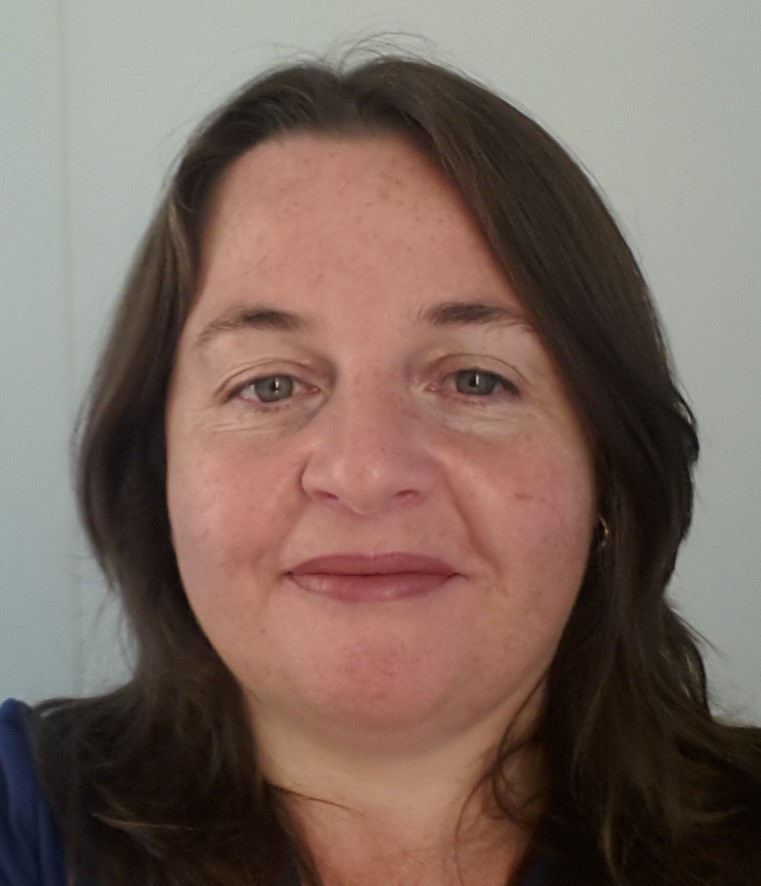This is an introductory unit in statistical methods with the emphasis on statistical techniques applicable to the social sciences.
In this course you will obtain a solid foundation in basic statistical concepts and procedures in order to progress with some confidence into more advanced topics. This is an introductory unit in statistical methods with the emphasis on statistical techniques applicable to the social sciences.
Our approach to learning will be largely non-mathematical, concentrating on concepts rather than mathematical theory.
Participants familiar with the use of a package, but lacking statistical training should also start with this course. The statistical package SPSS will be used where appropriate as a teaching tool and computational aid (previous experience is not assumed). You will be able to gain competency in using SPSS to obtain all the graphs and statistics covered in the course.
Day 1
- Level of measurement of data
- Introduction to SPSS
- Descriptive statistics for a single variable including summary statistics, graphs, writing brief summary reports
- Histogram, stemplot, boxplot, bar chart, pie chart, frequency tables
- Mean, median, mode, std deviation, quartiles, range, outliers
Day 2
- Descriptive statistics for relationships between two variables
- Comparative boxplots, scatterplots, introduction to correlation and regression, contingency tables, clustered and stacked bar charts
- Causation, association, lurking variables,
Day 3
- Foundations of basic inference and confidence intervals.
- Normal Distribution, standardization
- Sampling distribution of the mean and the proportion
Day 4
- Hypothesis tests, confidence intervals, effect size statistics, testing of assumptions, report writing and journal article examples for the following
- Single proportion, single mean (z-test and one sample t-test)
- Relationship between confidence intervals and hypothesis test, type 1 and type 2 errors
Day 5
- Hypothesis tests, confidence intervals, effect size statistics, testing of assumptions, report writing and journal article examples for the following
- Paired and Independent samples t-tests, Pearson’s correlation and chi-square
- Choosing the correct statistical test
This course will take place in a computer lab. All equipment will be provided.
There are no prerequisites for this course, nor is previous computing experience necessary.
The instructor's bound, book length course notes will serve as the course text.
The notes contain detailed explanations and examples of all the statistical concepts covered along with instructions of how to obtain the various graphs and statistics from SPSS.
Q. Do I have to know any statistics to do this course?
A. No, there are no prerequisties and you don't need any computing experience.
Provided the foundations for statistics in a very practical applicable way, not just maths but scenarios in how/when to use them what they mean and how to interpret them into a report. (Summer 2016)
Great balance between lecture and then activities to absorb/use the infomation, breaking up the class. (Summer 2016)
Instructor was the best I have ever come across. I wish she was talking more courses. (Winter 2015)
Imma’s use of examples to explain concepts was outstanding. Being able to try out techniques after they are discussed was great. (Winter 2015)
I found the course to be a good mix of lectures, computer use as well as class interaction. (Summer 2015)
Imma provided an excellent breadth of technical skills and practical application, so I feel confident applying/ tying my knowledge to my work. (Summer 2015)
It covered all the material I was expecting in s clear and comprehensive manner. The course materials are also excellent. (Summer 2015)
The instructor's bound, book length course notes will serve as the course text.
